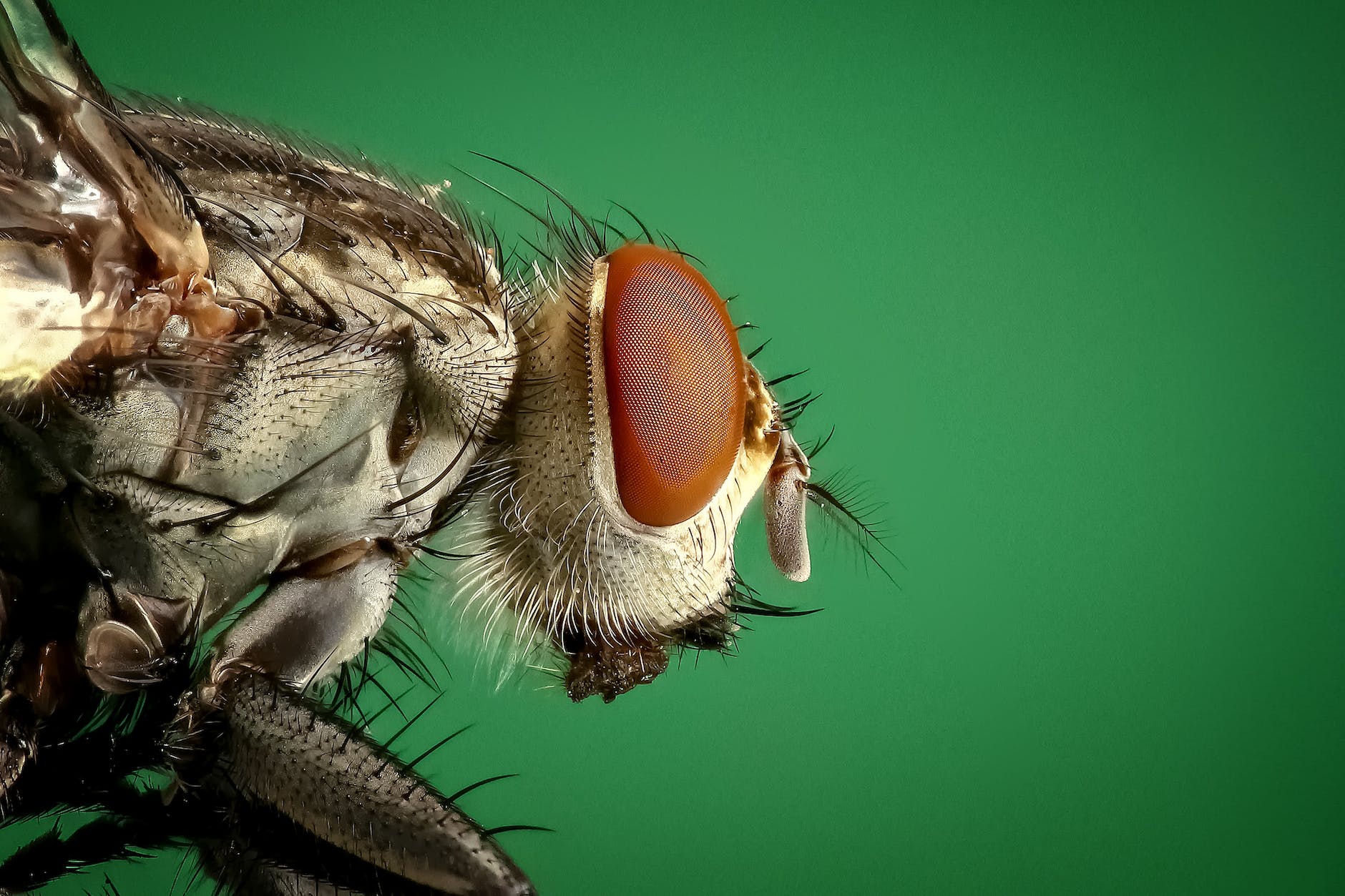
Flower beds are one of the most attractive landscaping features in any yard or garden, especially when it comes to adding color, variety, and fragrance. They offer a beautiful, peaceful atmosphere and can be an excellent showcase of your creativity and taste. Unfortunately, pests can be a nuisance and a potential risk to the health of your flowers. These pests can include aphids, spider mites, slugs, snails, and many others, and they can damage your flower beds in many ways. This post will discuss some of the best tips for pest control in flower beds to help you keep your garden healthy and beautiful.
Be sure to check out Tuxedo Yard Care for more tips on preventing pests in your gardens!
1) Prevent pests from getting to the flowers
The best way to deal with pests is to prevent them from ever reaching your flowers. This involves using physical barriers and traps to keep them at bay. One such method is to line the perimeter of your flower bed with barrier tape made of copper, which naturally repels slugs and snails. You can also use sticky traps to catch and monitor other pests like aphids, whiteflies, and spider mites. Sticky traps are very effective and are a great option if you don’t want to use chemical pesticides.
2) Choose your flowers carefully
Another important step is to plant flowers that are resistant to pests. Certain types of flowers, such as marigolds, geraniums, and chrysanthemums, are more resistant to pests and can repel them naturally. You can also opt for plants that attract beneficial insects like ladybugs and lacewings, which prey on pests like aphids and spider mites. Planting herbs like basil, oregano, and mint will also help repel certain pests.
3) Maintain a healthy environment
Pests are more likely to attack weak plants, so it’s essential to keep your flower beds as healthy and vigorous as possible. Proper watering, fertilization, and pruning will improve the overall health of your plants and minimize spots for pests to infest. Make sure to remove any damaged or diseased leaves or stems immediately, as these can attract pests and contribute to the spread of disease.
4) Use non-toxic pesticides
If the above steps do not work, you can still control pests using non-toxic pesticides. These are safer options that do not harm the environment, beneficial insects, or humans. Options include spraying a mixture of water and dish soap, neem oil, or essential oils like peppermint, eucalyptus, and cedarwood. Make sure to follow the instructions carefully and apply these treatments during cooler temperatures or in the early morning to avoid damaging your plants.
5) Seek professional help
If you have a severe pest problem or are unsure of how to tackle it, it’s best to seek professional help. Pest control companies can offer non-toxic solutions and advice on managing pests and keeping your flower bed healthy. Make sure to choose a service that is knowledgeable about eco-friendly and non-toxic options.
Conclusion
Pests are a natural part of any garden, but they do not have to ruin your flower beds. With a few preventive measures, careful flower selection, and non-toxic pest control options, you can protect your flowers while still maintaining a healthy and sustainable environment. The tips mentioned in this post will help you keep your flower beds pest-free and in top shape throughout the growing season. So, get out there and enjoy your beautiful, healthy garden!